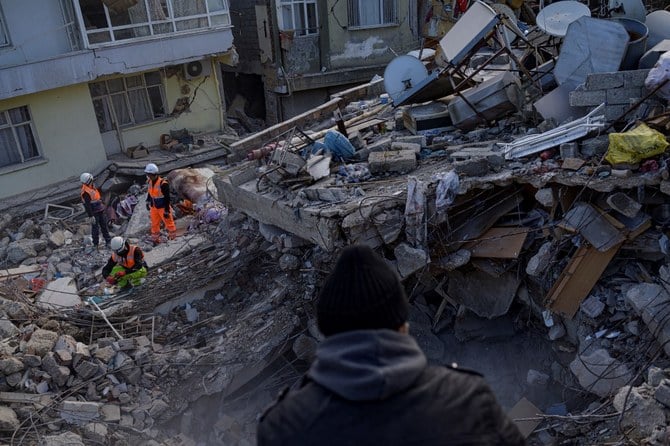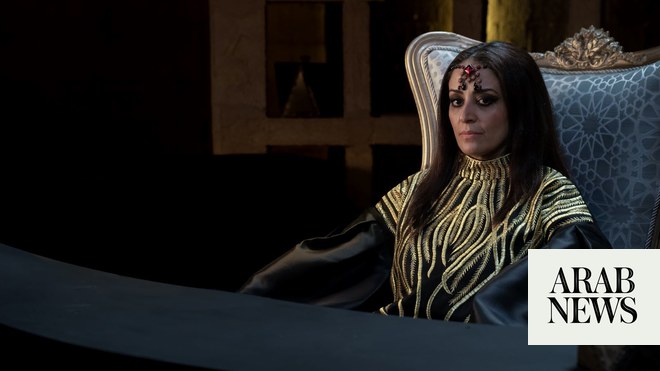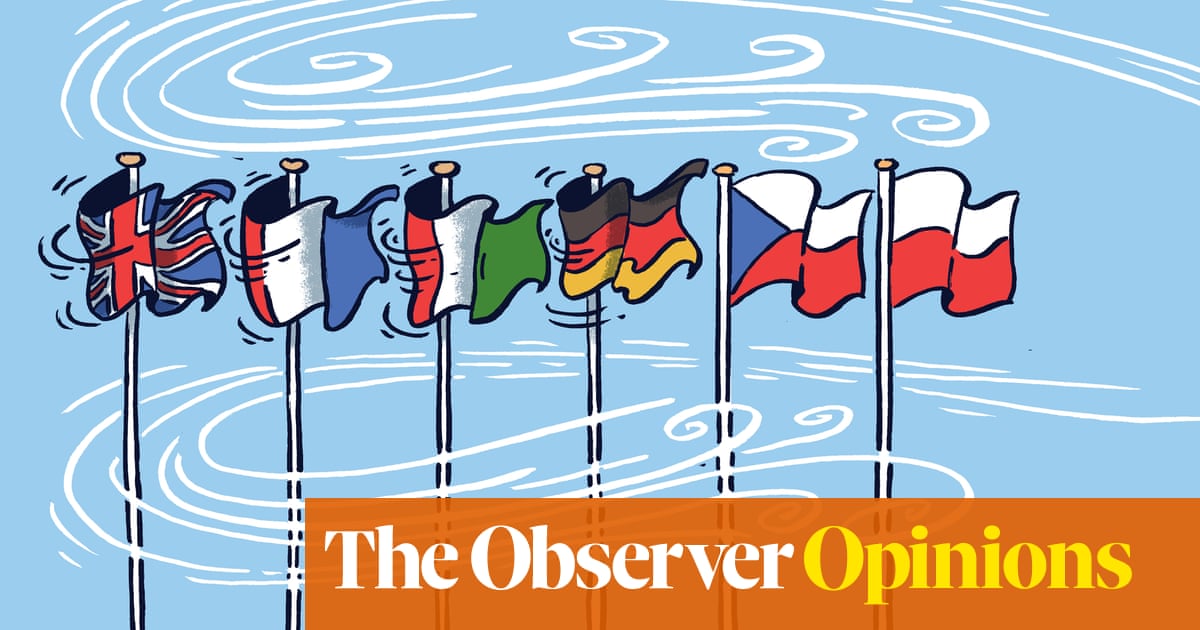
https://www.arabnews.com/sites/default/files/2020/08/12/2227431-1572739153.jpg
Right after the blast, Stephanie Yacoub, chief resident of obstetrics and gynecology at St. George Hospital University Medical Center, had run out the room to help an injured nurse.
But it was too late and the nurse died. Yacoub hurried back to Emmanuelle straight away to help her give birth, along with Professor Elie Anastasiades and a team of medics.
"There was no electricity and the sun was starting to set, so we knew we had to get this done as soon as possible. And with the use of people"s phone lights, he came into the world," she told Reuters a week after the blast.
Seventeen people died in St. George hospital right after the blast and dozens were injured, including Edmond Khnaisser’s mother, who suffered six broken ribs and a punctured lung.
Running back and forth between his wife and his mother, Khnaisser said he had one objective in mind, to get his new son George to safety.
As they got into strangers’ cars and out of the blast’s perimeter, the extent of the destruction started to sink in.
They eventually made it to a hospital right outside of the capital where George was finally bathed and cleaned.
"George is very special. He is the light in the darkness, a birth in wreckage," Edmond said, showing pictures of his son on the Instagram page he created for the boy they now call "miracle" baby George.












